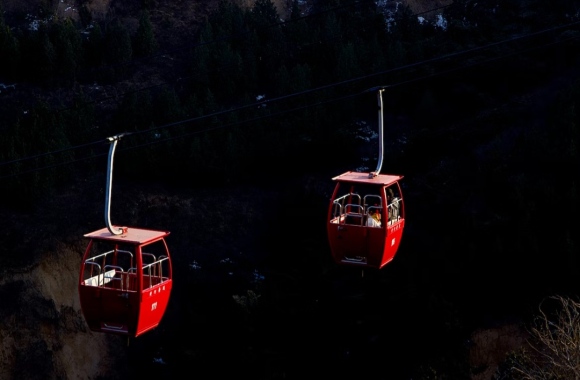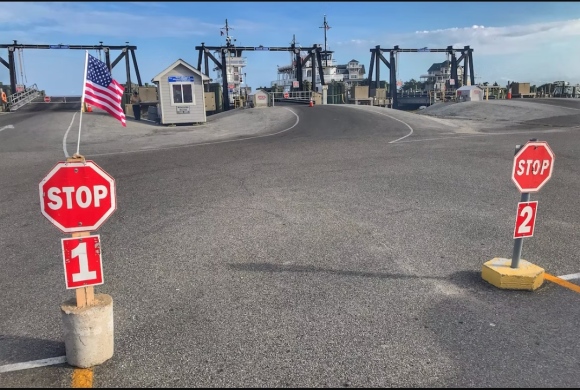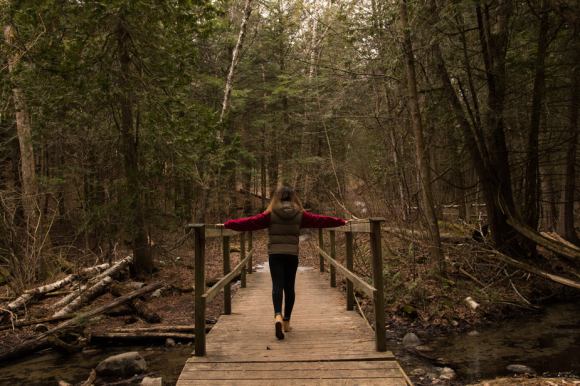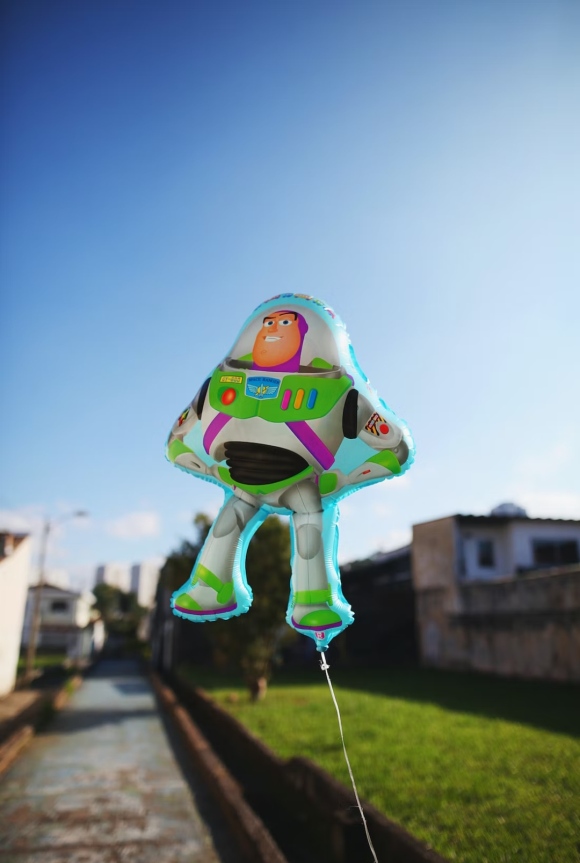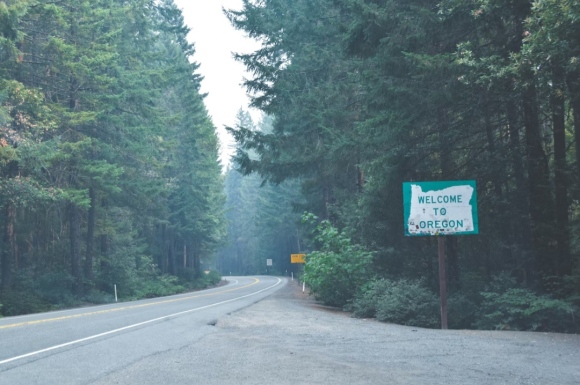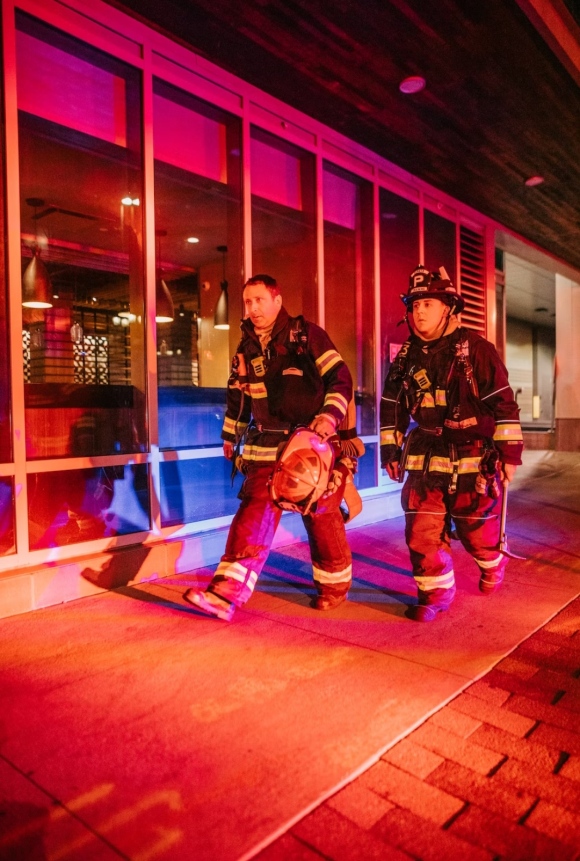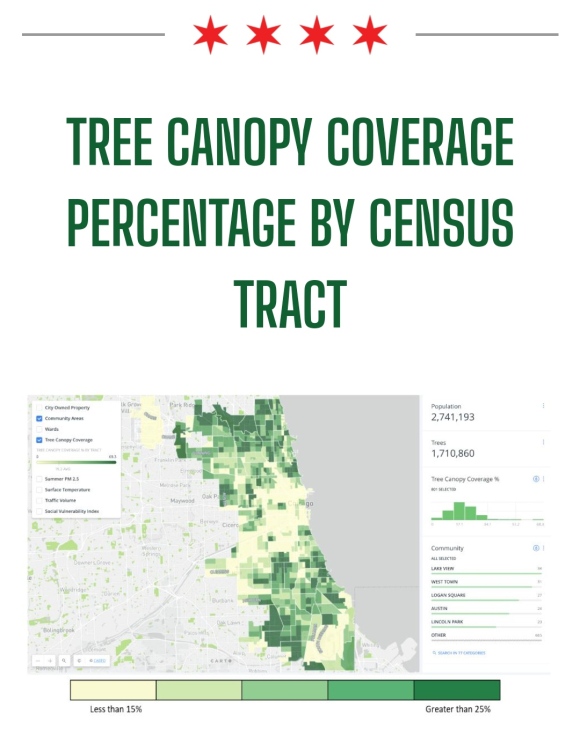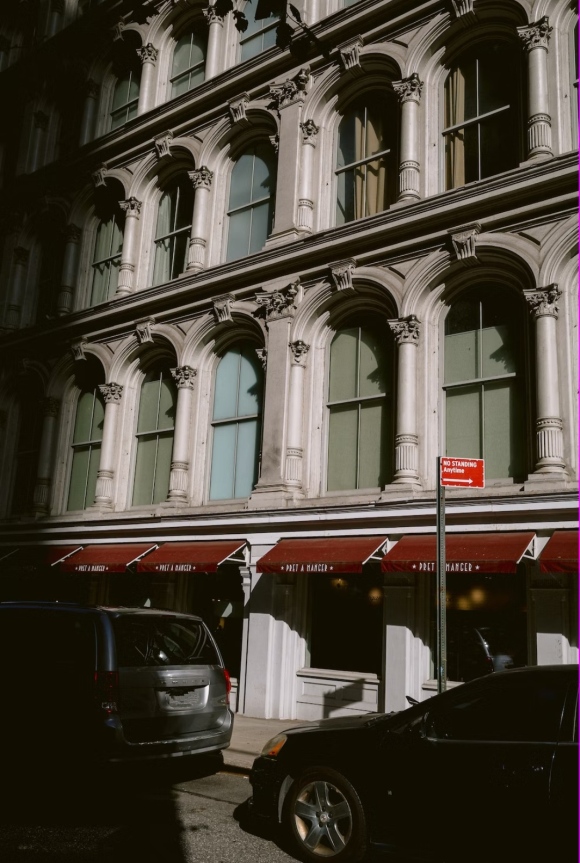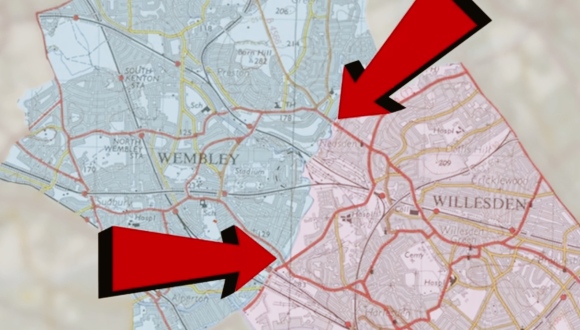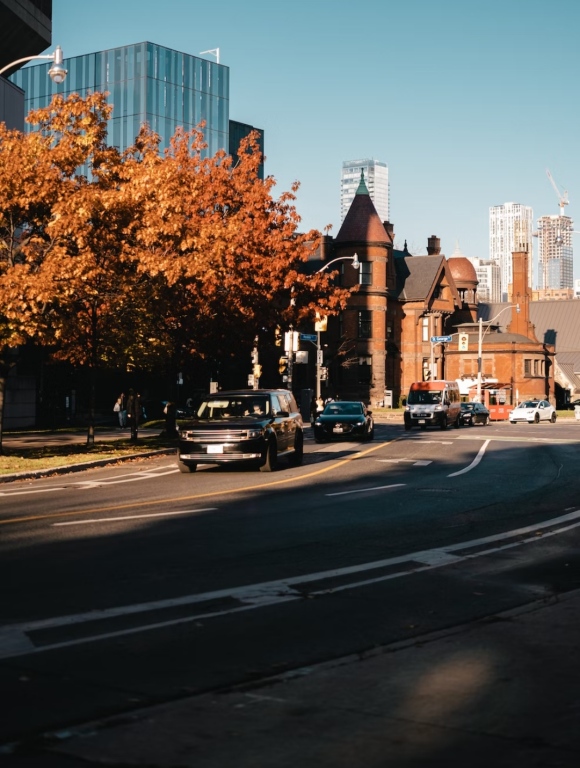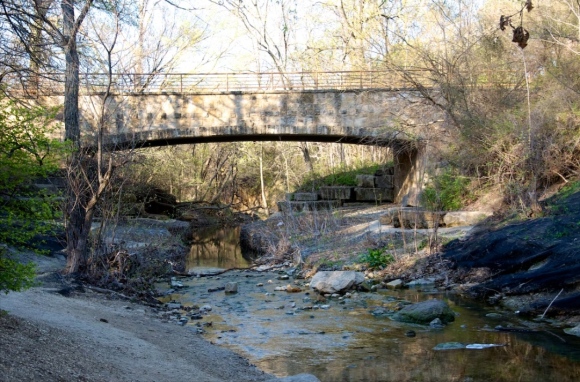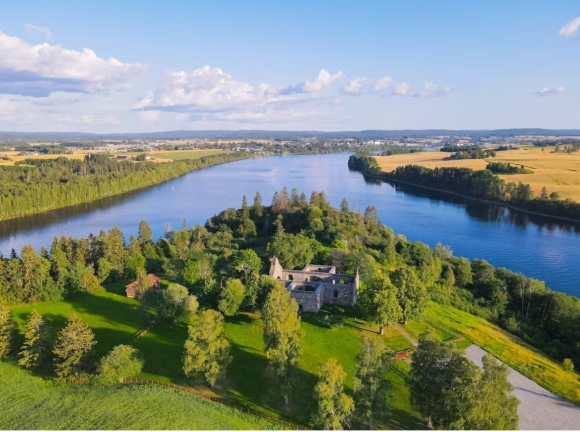Home to almost 6M people, Minnesota is as home to 10,000 lakes. But what else do we know about this US state and its residents?
Scrolling through YouTube, one can learn a lot about a city — region for that matter. One video in particular gave me a glimpse of what makes smaller towns so great, their history, and the kind of things that make a town unique, the kind of food produced there and things that set it apart from the rest of the world, or other towns in its country. This week led me to learn a lot more about Minnesota, 12th largest US state by area, and some of its towns. Towns that you might have never heard about before.


I found myself learning about the cultural histories of the people, small business owners, the locals and especially some of the foods that the town people make in Minnesota.
A mining boom created the port of Duluth which is important for shipping ore, coal, and agri products. In 2016 Minnesota produced 60% of the usable iron ore in the United States.
From the Twin Cities, US’s 16th-largest metropolitan area and home to about 55% of Minnesota’s population, to Red Wing, home to the “American Heritage shoe factory”. Another interesting fact I found while going through the Minnesota video is how there so much diversity in small town America, different races like the many Nordic immigrants in parts of Duluth, and a variety of cuisines to try, think Vietnamese. One can never have too much food choices to try out.

Following the adventurous presenter, I was taken through the streets of the Hmong Village, where this little market introduced me to vendors and people moving around, purchasing supplies and food.
To know the people and their culture you need to know their food, and vice versa,
especially if they are from businesses owned by families and if said family is very intent on keeping their traditions, history and stories alive.
I saw the essence of family businesses while taking note of the the World Rice Harvesting festival known as Manoominike, which contains one of the only indigenous grain staples in North America, the “Ojibwe”. I learnt that this is specific to the Native American tradition where we see and learn a lot more about the wild rice harvesting process.
I was taken through towns like Delano, where I learnt a lot more about an endangered bee colony that only produces honeycombs, single-source honey, in a certain time of the year.

I got a glimpse through Sandstone, which is home to 102 farmers, with 29 of them being black. We are taken through the streets of the lake areas in the town, the Northern Waters, the Forest Lake, the Boundary Waters and the Central Lakes. I also got a good understanding of the works of some of the local artists in the town, who use their talent as a way to tell their ancestral histories.
Festivals and seasons also seem to have a huge impact in the way things are done in the towns across Minnesota. Looking at Brainerd, I got a small peak into the grouse season, where hunting for grouse takes precedence.
The nation’s largest producer of sugar beets, soybeans, corn and sweet corn, peas for processing, and farm-raised turkeys, Minnesota is home to Cargill, the largest privately owned company in the United States, and has the most food cooperatives per capita in the country.
One of the most important things I learnt while exploring the towns of Minnesota is how the townspeople are connected and how tight-knit their communities seem to be. The value of family businesses — how it impacts the way business is done. I also saw how the seasons in this part of the United States play a major role in influencing the activities that take place for that particular season.
Now looking at some of the small towns in my Zimbabwe, 390,757 km2. Life is relatively slow there and we could discuss how some are interested in leaving them for a much faster life as it is the case in the much larger cities in Zimbabwe. My offline experience of small-town Zimbabwe includes the likes of Norton, Gweru, Chinhoyi, Mvurwi, Marondera and Mazowe. I attest to the fact that communities in these towns are in some way knit as in (almost) everyone knows everyone. Such community dynamics are good for business, they bring a chance to grow, exchange services or goods.
Although, visibly smaller than in Minnesota 225,163 km2, farming in small-town Zimbabwe is seasonal and also depends on which part of the country the town is located in. Looking at Norton, ca 56,000 people, a town around 40 km from the capital Harare, numerous crops are grown there. Tobacco, maize, wheat. Plus cattle rearing and fishing.
Now we just need our YouTube influencers and vloggers to add a bit more vibe to small-town life in Zimbabwe. Minnesota-style or some other way.


